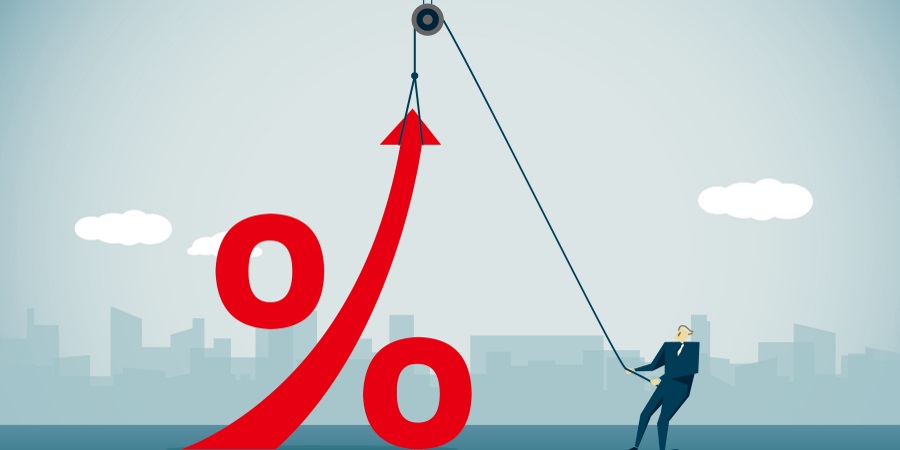
Adapted from Dr. Claes Fornell's book | January 25, 2018
The Satisfied Customer: Winners and Losers in the Battle for Buyer Preference
Like most economic data, be it profits at the micro level or GDP at the macro level, changes are often more meaningful than levels. Changes can be expressed in percentages, without making incorrect assumptions or forcing a continuous measure into a binary one.
So what do you do if everybody is set on percentages? I have faced this situation many times. Top management insists on having customer satisfaction expressed as a percentage. Usually, there are two reasons behind this.
One has to do with a desire for simplicity.
Another is a concern of making too much of a break from the past. There is an argument for historical consistency, but it's a weak one. It makes little sense to keep repeating mistakes. That would compound the mistake and make future adjustments even more difficult.
But change doesn't have to be abrupt. One solution could be to move from levels to changes.
A good benchmark may be the customer satisfaction levels of competitors. This too can be expressed in percentages.
Both levels and changes in customer satisfaction contain important information, although levels are more difficult to interpret. Like most economic data, be it profits at the micro level or GDP at the macro level, changes are often more meaningful. Changes can be expressed in percentages, without making incorrect assumptions or forcing a continuous measure into a binary one.
The same logic can be applied when one wants to compare how satisfied customers are across different regions or different countries. Evaluating changes rather than levels is less complicated and less affected by individual, group, or cultural biases that play havoc with comparisons of levels.
Obviously, a measure of change implies a time horizon. The information cannot be gathered without the passage of time. Sometimes, there is little or no time available for making such comparisons. For example, it would be very useful to get information about the status of a company's customer relationships in mergers and acquisitions. In these situations, time is often of the essence and it might not be possible to get dynamic measures.
If that's the case, we are stuck with levels. That doesn't mean levels of customer satisfaction need to be interpreted in a vacuum, however. A good benchmark may be the customer satisfaction levels of competitors. This too can be expressed in percentages.
Take Dell, for example. In 2006, its ACSI score increased from its all-time low of 74 to a score of 78. That's not a bad score and it is a nice improvement, but it's not where Apple was at the time. Not that these companies were competing head to head, but Apple was still 6 percent above Dell in customer satisfaction. That may not sound like much, but it is. Since Apple moved into the number one ACSI position among PC makers in 2004, its stock price has gone up by about 800 percent.
Apple’s high stock returns is not all due to higher customer satisfaction—just like the low stock returns of Microsoft and General Electric cannot be totally attributed to lack of customer satisfaction improvement—but it couldn't be done without it either.
CFI Group offers expertise in designing experience measurement solutions that help you manage customer relationships. Contact us for more information on how we can help you apply good measurement theory to improve the customer experience.
Other Resources
- Date
- September 7, 2023
by David Ham | September 7, 2023 With the amount of money involved in professional sports contracts, the current trend toward deeper analysis makes good business sense. However, […]- Date
- June 2, 2023
by David Ham June 1, 2023 I will start by stating the obvious, inflation is forcing consumers to make tradeoffs and difficult decisions. This puts businesses […]- Date
- August 1, 2022
by David Ham August 1, 2022 Five years ago, I wrote a blog that asked, Is This a ‘Hook-Up’ or a Long-Term Relationship? The post was […]- Date
- May 24, 2022
by Omar Khan May 24, 2022 A few years before getting my first job as a consultant, I spent a summer abroad in the United Arab […]





